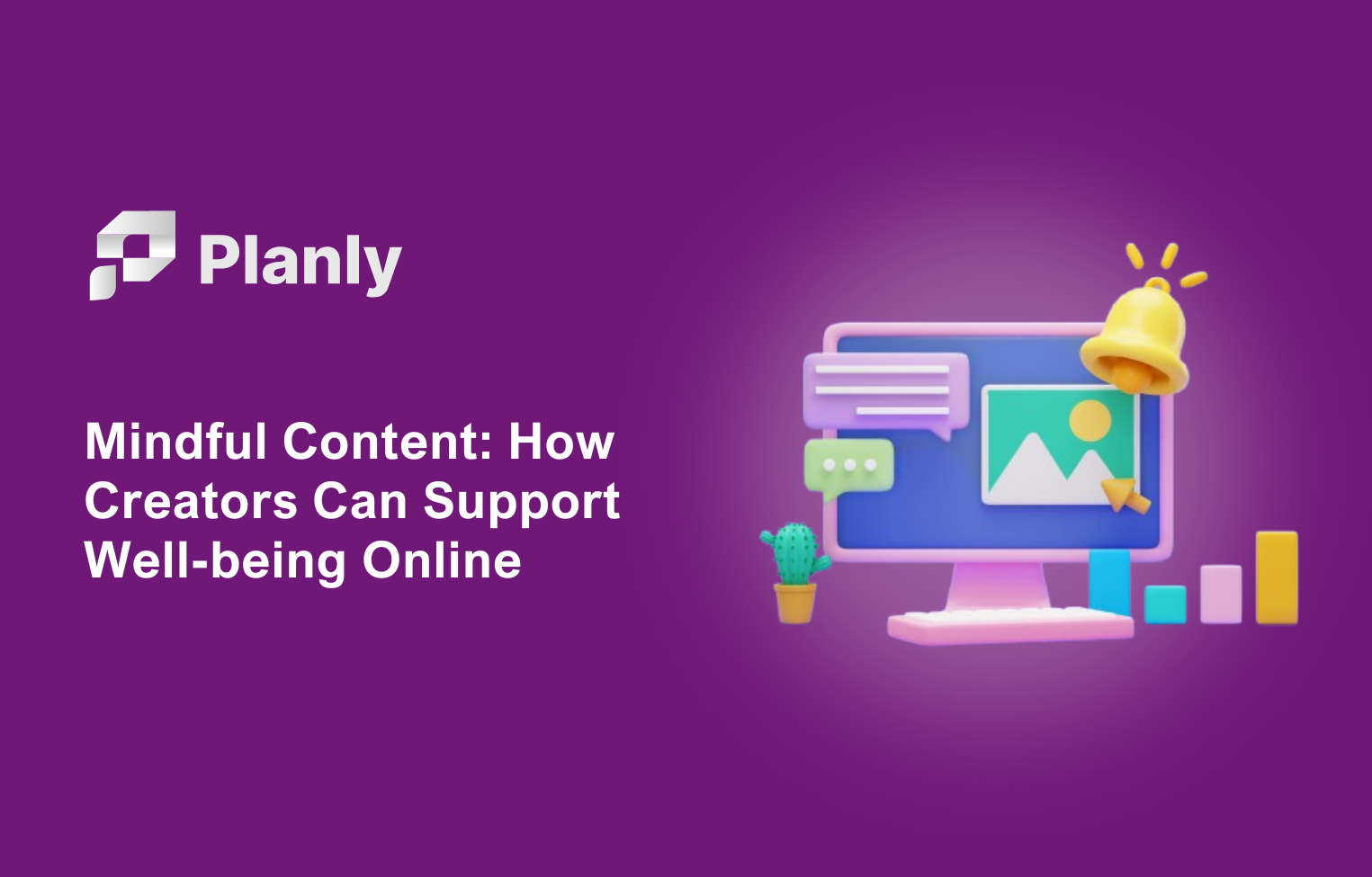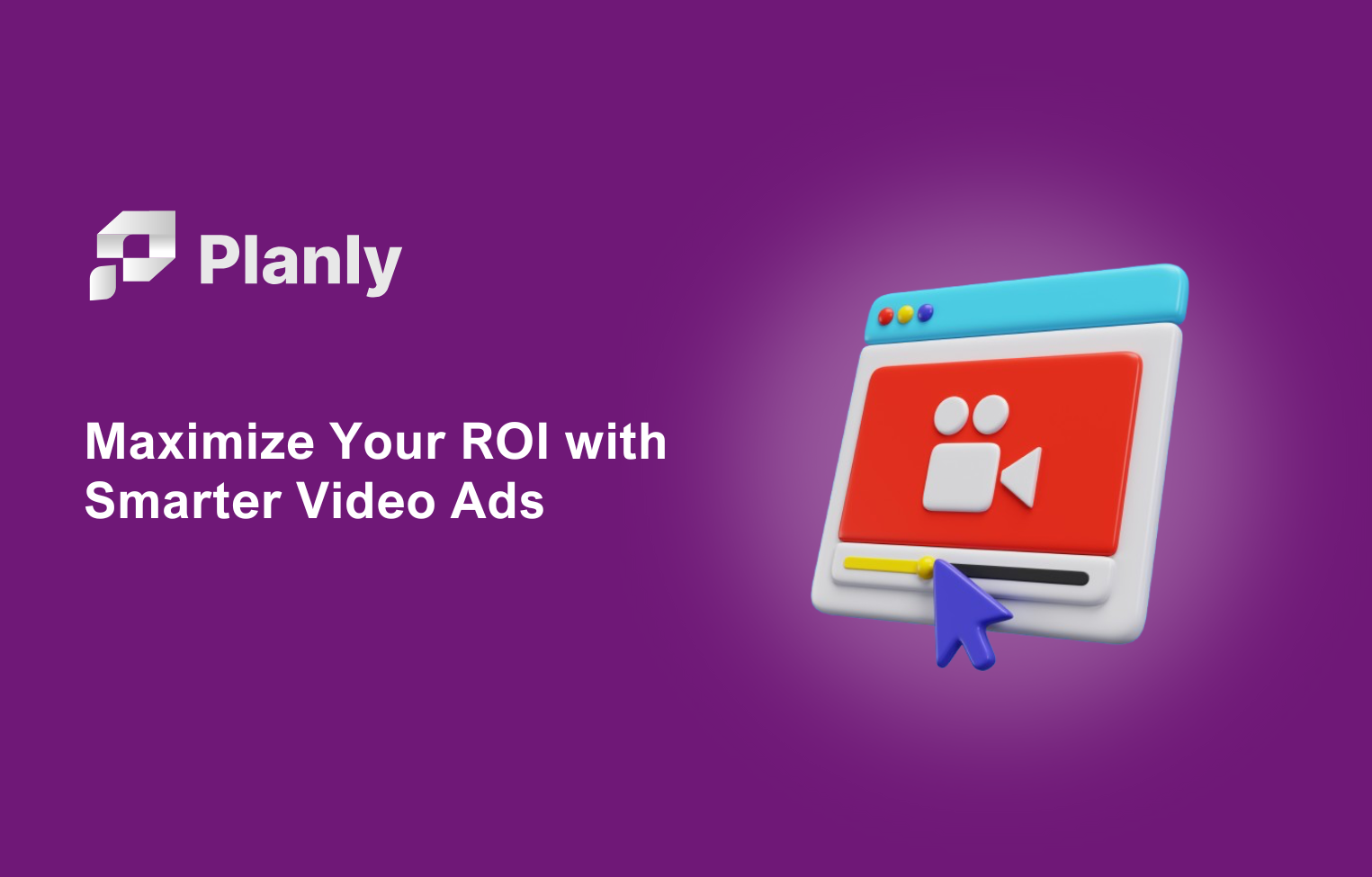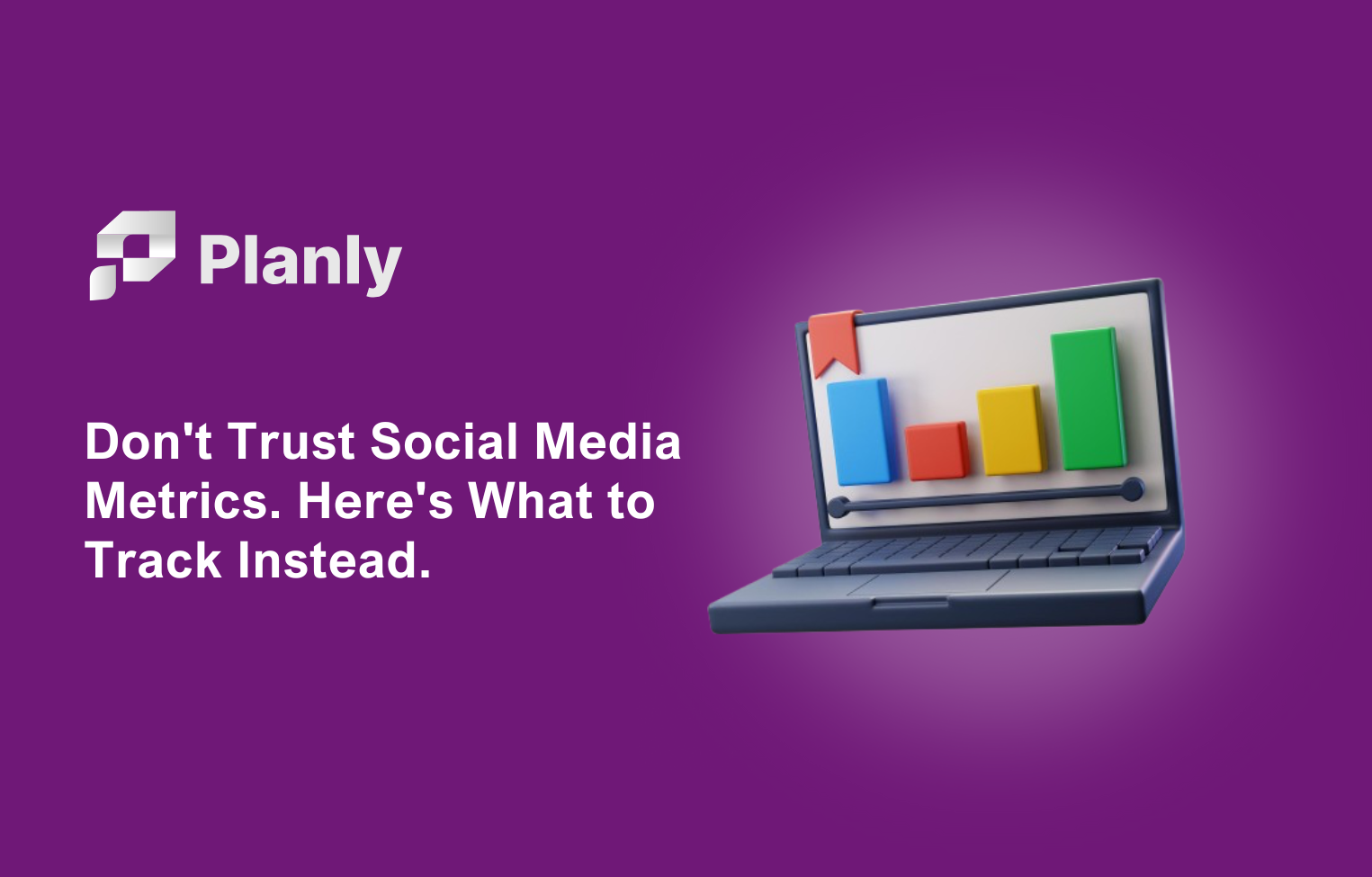Like every digital channel, social media also has its own KPIs for tracking the success of your social media marketing strategy. Although every social media has different metrics in general, they are part of the KPIs. We have previously shared blogs about TikTok KPIs, Instagram KPIs, and Pinterest KPIs. But today, we will talk about the importance of social media, how to set KPIs, and what are the most crucial KPIs for social media.
Your social team may monitor certain metrics to ensure your brand is succeeding in its commercial objectives and that your social strategy is engaging with the intended audience.
Additionally, monitoring social manager KPIs facilitates reporting to your employer and provides a reliable means of demonstrating to your superiors the effectiveness of your social media strategy.
So let's dive into the deep for more.
What are the social media KPIs?
Social media KPIs (Key Performance Indicators) are metrics that help you measure the success of your social media campaigns. They provide insights into how effective your strategies are and allow you to track progress. However, it can be difficult to know which KPIs to focus on as there are so many out there.
Your social media KPIs in 2025 should also be SMART:
Specific, Measurable, Attainable, Relevant, and Timely.
Specific: Your KPIs should be relevant to the goals you’re trying to reach.
Measurable: You need to be able to measure your progress so that you know if you are making improvements or failing miserably.
Attainable: Your KPIs should be within reach and realistic; otherwise, you’re just setting yourself up for disappointment.
Relevant: Your KPIs should be focused on the success of your campaigns, not just a random metric that means nothing.
Timely: You need to track progress over time so that you can make sure you are reaching your goals in the specified timeframe.
Why are social media KPIs so important?
KPIs for social media is one of the best ways to measure your success and track progress. Without them, it’s impossible to know whether or not your campaigns are performing as expected. They can help you identify trends, analyze competitor performance and make more informed decisions about your own strategies.
How do you set and monitor effective social media KPIs?
The first step to setting effective social media KPIs is to identify what your social media goals are. Once you’ve done that, you can start mapping out the metrics that will help you measure success. It’s important to keep them SMART (specific, measurable, attainable, relevant, and timely) so that they are meaningful and track progress over time.
Once you’ve set your KPIs, it’s important to monitor them closely. Track how they are performing and adjust your strategies accordingly. This will help ensure that you’re always on track to reach your goals.
By tracking the right KPIs for social media and monitoring their progress, you can quickly identify what’s working and what needs to be improved. This will enable you to make more informed decisions about your campaigns and ensure that you’re always pushing toward success.
The importance of social media KPIs is undeniable. They provide invaluable insight into how effective your strategies are and help you track progress over time. By setting and monitoring the right metrics, you can ensure that your campaigns are always pushing toward success.
Here are some of the most important KPIs we have listed for you:
What are Social Media KPIs for Engagement?
The most critical aspect of social media that you should pay attention to is engagement. All of the other social media KPIs we'll cover will improve as a result of it. Engagement is a measurement of how many people like, share, and comment on your social media posts. A huge reach combined with poor interaction is a warning that your marketing message or content isn't getting through.
No matter how small your audience is, as long as they are interested, it will develop naturally and provide more leads. Additionally, involvement on websites like Facebook and Twitter has a significant impact on the number of users that ever view your update.
Depending on the social media platform, many KPIs can be measured; however, the following are frequently used:
Clicks
The number of times a link is clicked is a good indication of the post's title and featured image's quality. Of course, your devoted followers will click on every link you provide, but the bulk of users—especially new users—will only click on content that is relevant to them.
A high number of clicks compared to a low number of likes and shares indicates that although your content caught their attention, it fell short of the extraordinary standard required to compel engagement. Great overall engagement with little clicks suggests that you should test new titles or images to improve how you pitch your information.
Likes
People usually draw toward popular items; therefore, likes result in increased attention. Additionally, more likes let most platform algorithms know that this specific piece of content merits a better ranking in search results.
Shares
Clicking "like" on a post these days is a passive activity. Likes are great, and you certainly want them, but sharing requires thought. When someone shares your content with their friends, coworkers, and family (or retweets, re-vines, etc.), they make a personal recommendation. Shares are, therefore, a terrific sign of the caliber of your work.
Comments
The purpose of using social media is to interact with others. A discussion is sparked by interesting, pertinent material. You are better off having comments than none at all, even if they are negative. Silence is useless for marketing development; praise, criticism, and general conversation are. A good indication that your material hits all the right interest areas is when people remark on your comments.
Brand Mentions
Tags or mentions demonstrate that consumers talk about your brand even when you are not there. Another social media KPI that particularly emphasizes relevance is this one since it demonstrates continued top-of-mind awareness. Brand mentions also simplify social listening if you are short on budget. You can organically track brand mentions from social media platforms directly.
Profile visits
While not all social media sites will offer this data, if it does, it's important to pay attention. Today, various social media platforms are employed as brand research search engines.
Many people will follow you, yet they might never look at your profile. However, those who are just beginning to research your company will undoubtedly check your profile. Although profile visits do reflect an interest in your brand beyond your most recent post, this KPI is less significant than the others because you can't really quantify intent to buy.
Active Followers
For most companies, most individuals who "like" or follow your page are unlikely to visit it frequently, let alone check out its content. An active follower is defined as someone who has checked in and interacted with your material within the last 30 days.
What are Social Media KPIs for Reach?
A traditional marketing indicator that is still significant today is reaching. It shows how far your message has truly spread and how many people it has reached. Social media reach measurement may be deceptive at times since it simply indicates how many users may have seen your post or that it was made available. Reach is basically simply an estimate, unlike an engagement, which provides clear-cut responses, like "I got x number of likes" or "I did." The following KPIs can be used to gauge reach:
Fans or followers
Without any interaction, the overall number of individuals who follow your brand on social media shows how far you've reached. This is the total number of persons who have expressly expressed a desire to view your content. You may have a large number of followers on Instagram still very low Instagram engagement.
Impressions
Impressions represent the number of times a person has seen one of your posts in their newsfeed or timeline, either because they are already a follower of yours or because a friend of theirs has liked or shared it. This only indicates that they had the opportunity to, not that for each impression, somebody really looked at your message or even noticed it. While ambiguous, a larger number is usually preferable.
Traffic data
This is a sizable one. How much of your website's traffic is generated by social media? Ensure that this figure accurately reflects how much time and effort you're putting into creating your social media content.
What are Social Media KPIs for Conversions?
Conversions on social media are yet another important set of marketing KPIs. This KPI aids in determining how many individuals become consumers due to your social media channels.
Earnings from sales
Revenue and sales revenue are commonly used in the same sentences. Income derived from the selling of products and services is referred to as revenue from sales. On the other hand, total revenue includes money from sources other than the primary company, such as dividends and interest on savings.
Lead conversion rate
The number of times the target audience of the client's business engages in the intended actions on social media is referred to as conversions from social media.
Non-profit conversions
This refers to leads generated by social media that, for a variety of reasons, don't turn into paying clients.
Share of voice
SoV evaluates how well-liked your client's business is compared to its rivals. When you are just beginning to deal with a new social media management client and want to see how their business is positioned on the market, it's a terrific measure to calculate.
What are Social Media KPIs for Loyalty?
Among all of them, this KPI collection is maybe the most technical. Getting new clients is significantly simpler than maintaining existing ones. These analytics demonstrate how to determine whether or not your consumers keep coming back for more.
Lead generation cost
A lead is a potential customer who has shown interest in your good or service by completing an objective. The cost per lead measure demonstrates how well your marketing efforts produce new leads at a little expense.
By cultivating client loyalty over time, you have the desired effect if the cost per lead declines.
ROI
Marketing ROI is a method for calculating a company's return on investment from its marketing spend. Its entire worth in proportion to the amount of money spent on it may be stated.
Conclusion
If you enjoyed this blog, be sure to visit our website, where you can read more like it. While social media is a powerful marketing tool, it's important to track the right KPIs to ensure you're seeing results that contribute to business growth. Keep these 16 social media KPIs in mind as you reassess your strategy and consider how you can better measure your success.








